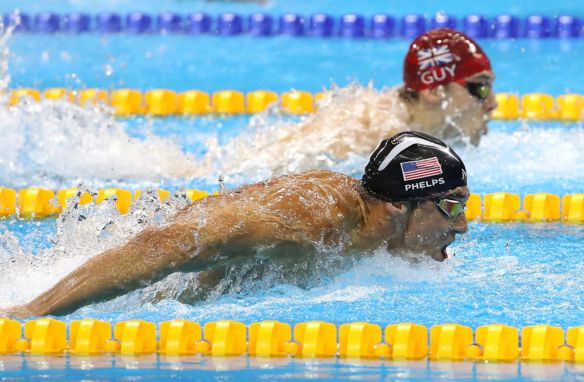Introduction
Sports have been an integral part of human culture for thousands of years. From ancient rituals and contests to today’s globally broadcasted athletic events, the essence of competition has continually evolved. Over time, sports have transformed from simple physical contests to complex, highly organized industries that shape economies, cultures, and social values. In this blog, we’ll explore the fascinating evolution of modern sports, tracing their roots from ancient times to today’s superstar athletes and the mega-events they headline.
Ancient Origins: The Birth of Athletic Competition
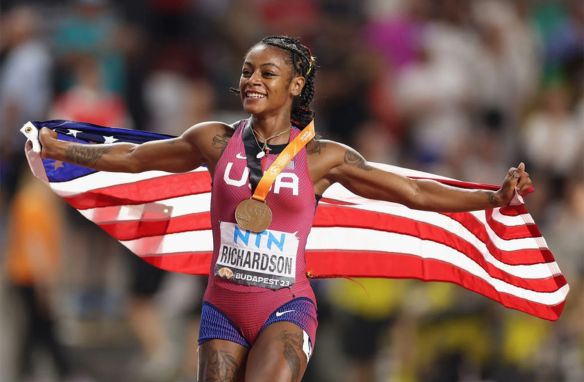
The history of sports can be traced back to ancient civilizations, where athletic contests were a central part of religious rituals, military training, and cultural celebrations.
- The Olympic Games (Ancient Greece): The ancient Olympic Games, first held in 776 BCE, were dedicated to the gods, particularly Zeus. Held in Olympia, these games featured events like foot races, wrestling, and chariot races. The games were a unifying force in the Greek world and helped establish the concept of sporting excellence and honor.
- Roman Gladiators: In ancient Rome, the Coliseum played host to gladiatorial games, where combatants, often slaves or prisoners, fought to the death for public entertainment. These games were a brutal form of sport but showcased the importance of spectacle in Roman culture.
- Mesoamerican Ballgame: The ancient Mayans and Aztecs played a ballgame known as ōllamaliztli in massive stone arenas. The game had spiritual and political significance, often tied to ritual sacrifices.
The Middle Ages: Sports in Feudal Societies
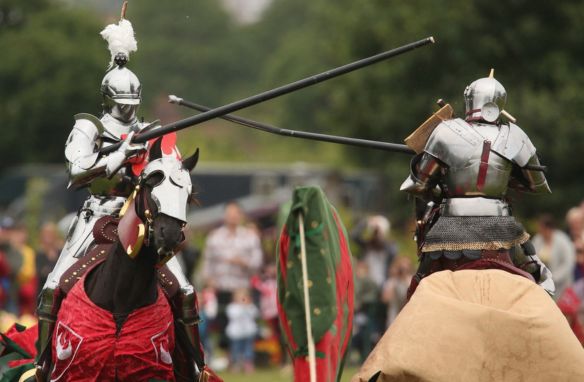
During the medieval period, sports became more localized and linked to the feudal system and military training. While the violence of gladiatorial combat faded, new forms of competition emerged, reflecting the social structures of the time.
- Jousting and Tournaments: Jousting tournaments were popular among knights as a way to demonstrate martial skill and gain prestige. These events often attracted large crowds and provided entertainment for the nobility.
- Folk Games: Peasant communities developed folk games such as early forms of soccer and field sports like hurling and shinty. These games were informal and often tied to seasonal festivals or religious observances.
The Birth of Modern Sports (19th Century)
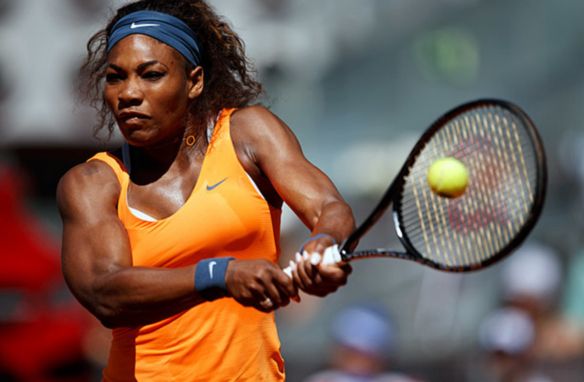
The 19th century marked the formalization of many sports that are still popular today. The Industrial Revolution and the rise of urbanization played a key role in this transition, as people sought structured recreation amid the hustle of modern life.
- Codification of Rules: Sports like soccer, rugby, cricket, and baseball developed official rules and governing bodies during this period. For example, The Football Association (FA) was formed in England in 1863, establishing standardized rules for what is now known as soccer.
- The Modern Olympic Games (1896): The revival of the Olympic Games by Pierre de Coubertin in 1896 in Athens marked a turning point for global sports. The event aimed to promote peace and international cooperation through athletic competition, introducing new disciplines and encouraging amateurism.
- Rise of Competitive Leagues: In sports like baseball (Major League Baseball founded in 1869) and cricket (international matches beginning in 1844), competitive leagues emerged, allowing sports to grow into regular, organized events with professional athletes.
The Globalization of Sports in the 20th Century
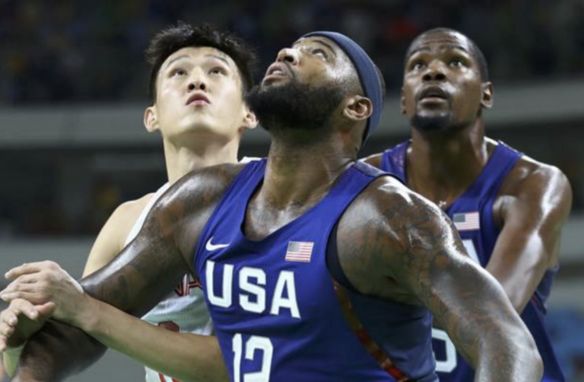
The 20th century saw the rise of sports as a global cultural phenomenon, driven by advances in technology, mass media, and international diplomacy.
- The Influence of Television: The introduction of television broadcasting in the mid-20th century revolutionized sports. Games and matches that were once local events became global spectacles. The 1960 Rome Olympics were the first to be broadcast worldwide, changing the way people engaged with sports.
- The Rise of Superstars: The 20th century also gave birth to global sports icons such as Muhammad Ali, Pelé, and Michael Jordan. These athletes transcended their sports, becoming cultural and political figures. Their influence extended beyond the field, court, or ring, with endorsements, media appearances, and social activism making them household names.
- The Impact of International Competitions: Events like the FIFA World Cup (first held in 1930) and the expansion of the Olympic Games contributed to the global reach of sports. Countries from all over the world competed, fostering a sense of international community while also providing a stage for geopolitical rivalry, such as during the Cold War era.
The Modern Era: Technology, Money, and the Rise of E-Sports
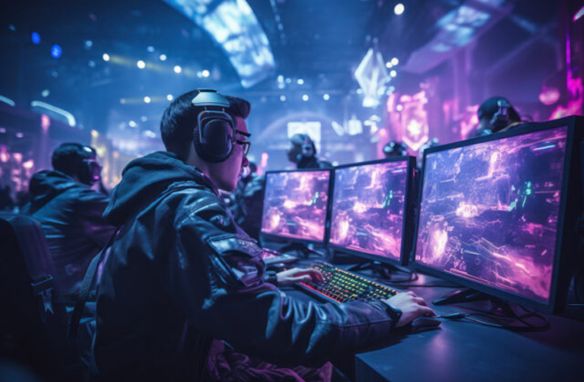
In the 21st century, sports have continued to evolve, fueled by technological advancements, massive financial investment, and the emergence of entirely new forms of competition.
- Technology in Sports: From video replay systems (like VAR in soccer) to advanced analytics, technology has transformed how sports are played and consumed. Wearable tech, data-driven performance optimization, and virtual reality training tools have redefined athlete preparation and game strategy.
- Big Business and Commercialization: Today, sports are big business. Major leagues like the NFL, NBA, and Premier League generate billions of dollars in revenue from broadcasting rights, sponsorships, and merchandise sales. Athletes such as LeBron James, Cristiano Ronaldo, and Serena Williams have multimillion-dollar endorsement deals, making them global brands.
- E-Sports: The rise of e-sports has opened a new frontier for competitive sports. Games like League of Legends, Fortnite, and Dota 2 have turned professional gamers into stars, with global competitions attracting millions of online viewers. E-sports challenge traditional definitions of sports, yet they share many of the same attributes: competition, skill, and fan engagement.
Social Impact: Sports as a Catalyst for Change
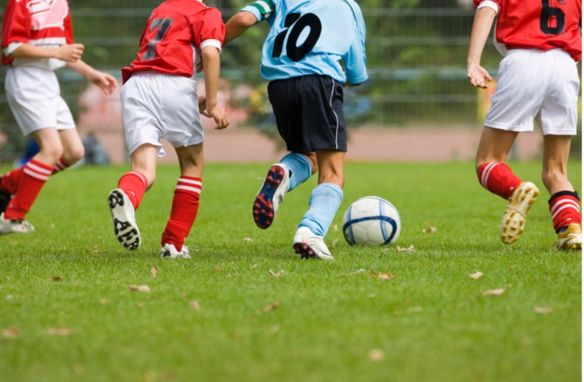
Beyond entertainment, sports have played a significant role in addressing social and political issues, particularly in the modern era.
- Breaking Barriers: Athletes like Jackie Robinson (breaking the color barrier in baseball), Billie Jean King (fighting for gender equality in tennis), and Muhammad Ali (advocating for civil rights and opposing the Vietnam War) have used their platforms to challenge societal norms and promote equality.
- The Role of Sports in Activism Today: Athletes such as Colin Kaepernick, Naomi Osaka, and Megan Rapinoe continue this tradition, using their platforms to speak out against social injustices and drive important conversations on race, gender, and mental health. The impact of movements like “Black Lives Matter” on sports has shown how integral athletes are to societal progress.
The Future of Sports: Trends to Watch
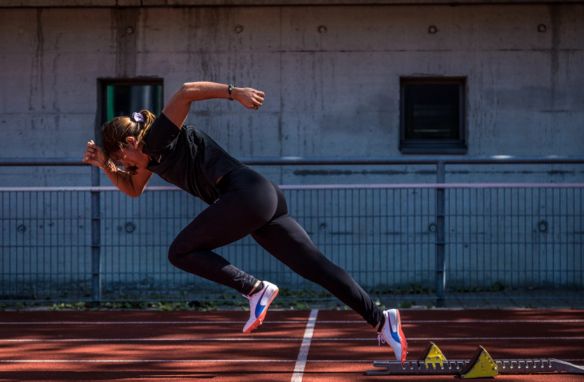
As we look to the future, several trends are poised to shape the next chapter of sports history.
- Sustainability in Sports: There is growing pressure on major sports leagues and events to address their environmental impact. From carbon-neutral stadiums to sustainable gear, the push for eco-friendly sports practices is gaining momentum.
- Inclusivity and Gender Equality: The future of sports will continue to focus on breaking down barriers for women and marginalized groups. Equal pay campaigns and increased representation for women in sports administration and media are already gaining traction.
- Technological Innovation: Virtual reality (VR) and augmented reality (AR) will likely transform how fans experience sports, bringing the action closer than ever before. Advances in AI could further enhance training techniques and fan engagement.


